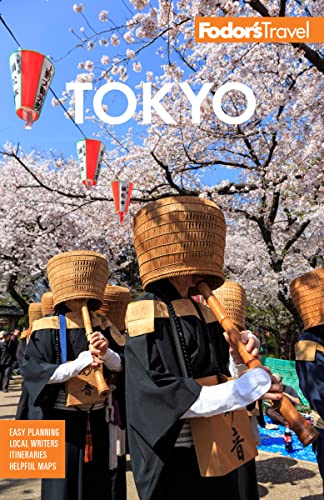The heart of Tokyo's youth and street-fashion scene, Harajuku is home to a plethora of stores, boutiques, and cafés. But it isn't only a place for trendy teenagers; Omotesando Dori, the wide, tree-lined avanue leading through the neighborhood, is home to many high-fashion and designer brands. A walk through the neighborhood's winding backstreets also reveals a range of more sophisticated restaurants and cafés. Meanwhile Yoyogi Park and Meiji Shrine offer a respite from Tokyo's crowds and concrete, with a variety of museums and galleries that give a taste of Japanese art and history.
Once a small town on the road from Edo to Kamakura, it was only in the early 20th century that Harajuku started to become a central part of Tokyo. In 1919, the Meiji Shrine was unveiled and Omotesando Dori turned into the bustling boulevard it is today. These two additions brought more visitors, residents, and shops throughout the years. Like much of Tokyo, nearly all of Harajuku was destroyed in the bombings of 1945, with only Meiji Shrine remaining intact. After the war, Harajuku, along with nearby Aoyama, was home to an area called Washington Heights, which housed U.S. military soliders and several shops catering to these Americans. After the occupation, the area received a boost as the central location of many events in the 1964 Tokyo Olympics.





